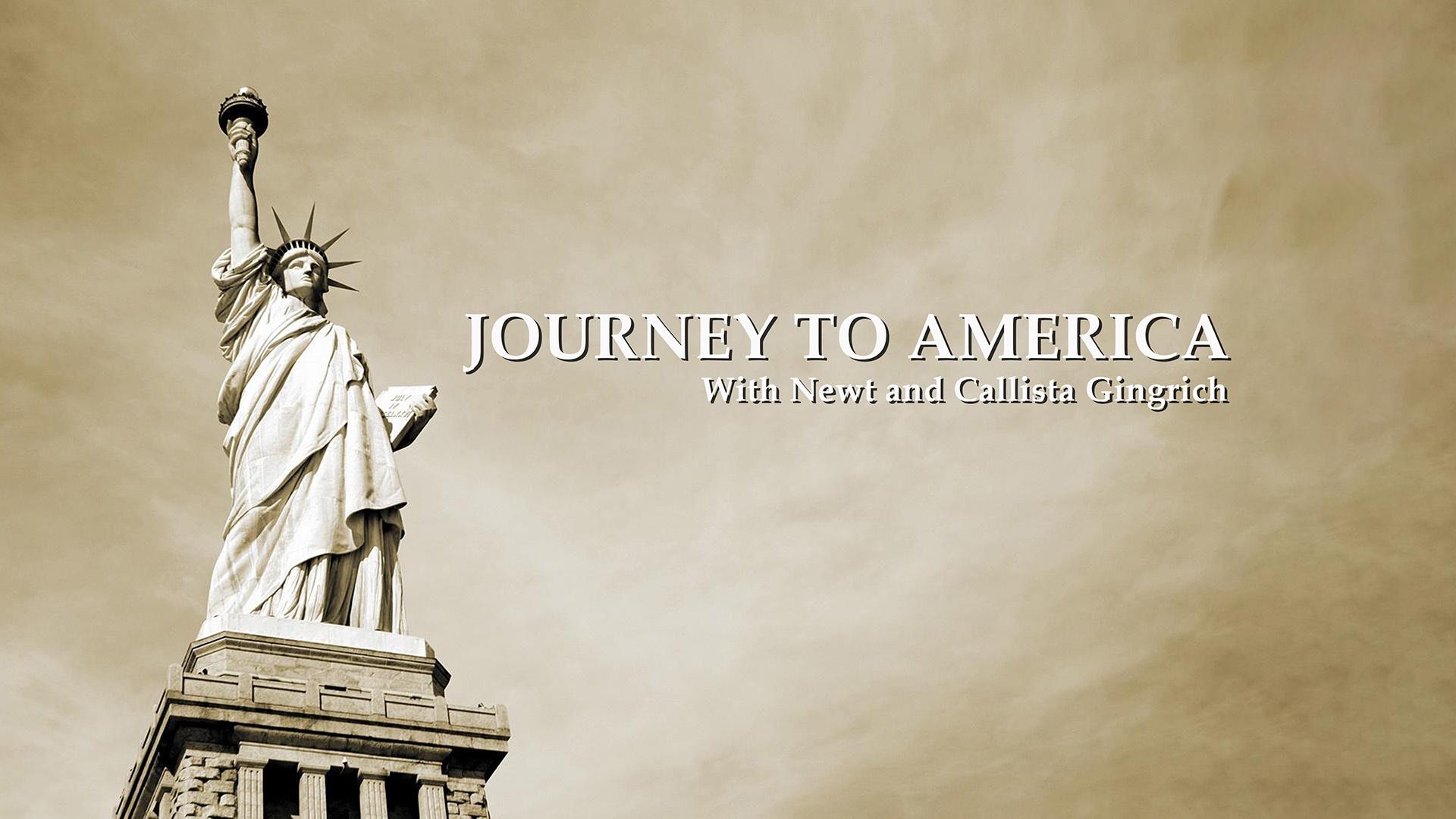The United States of America (USA) has one of the most fascinating histories in the world. From its early colonization to becoming a global superpower, the story of the USA is one of ambition, innovation, and resilience.
1. Indigenous America: Before European Contact
Long before European settlers arrived, North America was home to millions of Native American tribes. Groups like the Cherokee, Apache, Sioux, Iroquois, and Navajo had thriving societies, rich cultures, and extensive trade networks. They lived off the land, built cities (such as Cahokia), and developed sophisticated political systems.
2. European Colonization (1492–1776)
In 1492, Christopher Columbus arrived in the Americas, leading to European exploration and colonization. Over the next centuries, the Spanish, French, and British established settlements in North America.
- The British formed the Thirteen Colonies along the East Coast, including Massachusetts, Virginia, and New York.
- The French settled in Canada and Louisiana.
- The Spanish controlled Florida, Texas, and California.
By the 1700s, the British colonies grew economically but faced conflicts with Native Americans and European rivals.
3. The American Revolution (1775–1783)
The Thirteen Colonies resented British rule due to high taxes and lack of representation in the British Parliament. In 1775, the American Revolution began, led by figures like George Washington, Thomas Jefferson, and Benjamin Franklin.
- July 4, 1776: The Declaration of Independence was signed, proclaiming freedom from Britain.
- 1783: The war ended with the Treaty of Paris, and the USA was officially recognized as an independent nation.
4. The Formation of a New Nation (1789–1800s)
- In 1787, the U.S. Constitution was written, creating a democratic government with a system of checks and balances.
- George Washington became the first President in 1789.
- The Bill of Rights, guaranteeing freedoms like speech and religion, was added in 1791.
During the 1800s, the USA expanded westward, purchasing Louisiana from France (Louisiana Purchase, 1803) and acquiring Texas, California, and other lands.
5. The Civil War and Reconstruction (1861–1877)
By the mid-1800s, tensions grew between the North (anti-slavery) and the South (pro-slavery).
- 1861–1865: The Civil War was fought between the Union (North) and the Confederacy (South).
- 1863: President Abraham Lincoln issued the Emancipation Proclamation, freeing enslaved people in Confederate states.
- 1865: The war ended, slavery was abolished (13th Amendment), and Lincoln was assassinated.
The Reconstruction Era (1865–1877) aimed to rebuild the South and grant civil rights to African Americans. However, racial tensions and segregation remained.
6. Industrialization and Immigration (Late 1800s–Early 1900s)
The USA became an industrial powerhouse, with booming industries in steel, railroads, and oil. Major cities like New York, Chicago, and San Francisco grew rapidly.United States of America
- Millions of immigrants from Europe (Ireland, Italy, Germany) and Asia (China) arrived, seeking the “American Dream.”
- Labor unions fought for workers’ rights against poor factory conditions.United States of America
7. World Wars and the Great Depression (1914–1945)
- World War I (1914–1918): The USA entered the war in 1917 and helped the Allies win.
- The Great Depression (1929–1939): The stock market crashed, leading to massive unemployment. President Franklin D. Roosevelt introduced the New Deal to rebuild the economy.United States of America
- World War II (1939–1945): The USA joined after Japan attacked Pearl Harbor in 1941. The war ended with the defeat of Nazi Germany and Japan in 1945.
8. The Cold War and Civil Rights (1945–1991)
After WWII, the USA and the Soviet Union became rival superpowers in the Cold War (1947–1991), competing in nuclear arms, space exploration (Moon landing, 1969), and global influence.
- 1950s–1960s: The Civil Rights Movement, led by Martin Luther King Jr., fought for racial equality. Laws like the Civil Rights Act (1964) ended segregation.
- 1970s–1980s: The USA saw economic and technological advancements, including the rise of Silicon Valley.United States of America
- 1991: The Cold War ended with the collapse of the Soviet Union.
9. The Modern Era (1991–Present)
- 2001: The 9/11 attacks led to the War on Terror.
- 2008: Barack Obama became the first African American President.
- 2020: The COVID-19 pandemic impacted the world.
Today, the USA remains a global leader in technology, culture, and politics.United States of America
Conclusion – United States of America
From its fight for independence to its rise as a world power, the USA has had an extraordinary journey. Its history is marked by struggles, innovation, and a spirit of freedom that continues to inspire people worldwide.
Would you like more details on any period of U.S. history?United States of America


 Watch
Watch
 CASUAL WEAR
CASUAL WEAR
